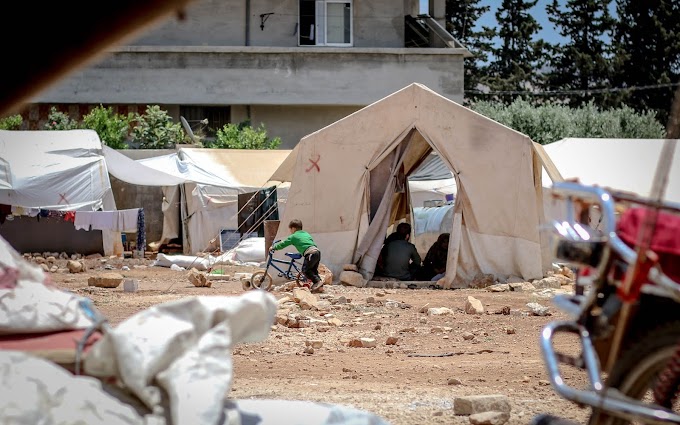The flood resulting from the outburst of a glacial lake in
Himalayan Mountains in Northern India has already claimed several lives and
dozens of people still missing. This draws us a picture of the vulnerabilities
of the societies living in the mountains. The northern Pakistan three such
mountain ranges e.g. Himalayan, Hindukush and Karakorum where a large area is
covered with the glacial ice sheet. This ice is the main source of water to the
communities living in the valleys and those glacial streams join the major
rivers of the country which are the main source of irrigation for the
agricultural land of the country.
The climatic changes have their impacts on every part of the
world and particularly the mountainous regions of the countries like Pakistan
are the most vulnerable to such kind of severe events as the communities in
these regions live in valleys across the banks of streams and rivers. They are
dependent on the glacial water to fulfil their all needs from cultivation for
crops and vegetables to the generation of electric power.
Every year thousands of people around the world die, even more,
flee their homes, lose their lands and livelihood as a result of disasters like
Glacial Lake Outburst Flood (GLOF), floods due to heavy rain, snowstorms in
winters, wildfires as a result of heatwaves during the summer season,
hurricanes etc.
There are dozens of glacial lacks formed on the mountains which
burst-out during summer season resulting in severe floods. In recent years the
regions of Gilgit-Baltistan, Chitral and parts of Khyber Pakhtunkhwa have
experienced such floods which swept-out the adjacent homes, farms, forests,
roads and bridges which connect different regions and in some places the power
plants installed along with streams are also swept-out by floods resulting in a
power blackout as well. The communities are left stranded for days without any
supply of food, medical and other logistics.
The recent research studies i.e. the first global ice-loss survey
revealed that the world has already crossed the tipping points in some places
that there is no point of return. The ice is rapidly melting with the rise in
global temperature resulting in the GLOF. As a result of such disasters, the
communities become IDPs which creates other issues i.e. shelter, education,
healthcare, security etc.
Although the locals criticise the lack of government’s interest in
solving the real problems of people in mountainous regions. There are some
projects like GLOF-I and GLOF-II government has initiated to help vulnerable
communities to prepare for and mitigate the risks through early warning
systems, enhanced infrastructure and disaster risk management. There is a lot more to be done to cater to the risk, there must be a
disaster risk management strategy not only on the national level but also on
the community level. The government must collaborate with the civil society to
create awareness in the communities regarding the GLOF hazards, preparedness
and adaptation. The civil society can play a vital role in mobilizing the
communities so that instead of responding reactively to disasters we should be
prepared pre-emptively.










0 Comments